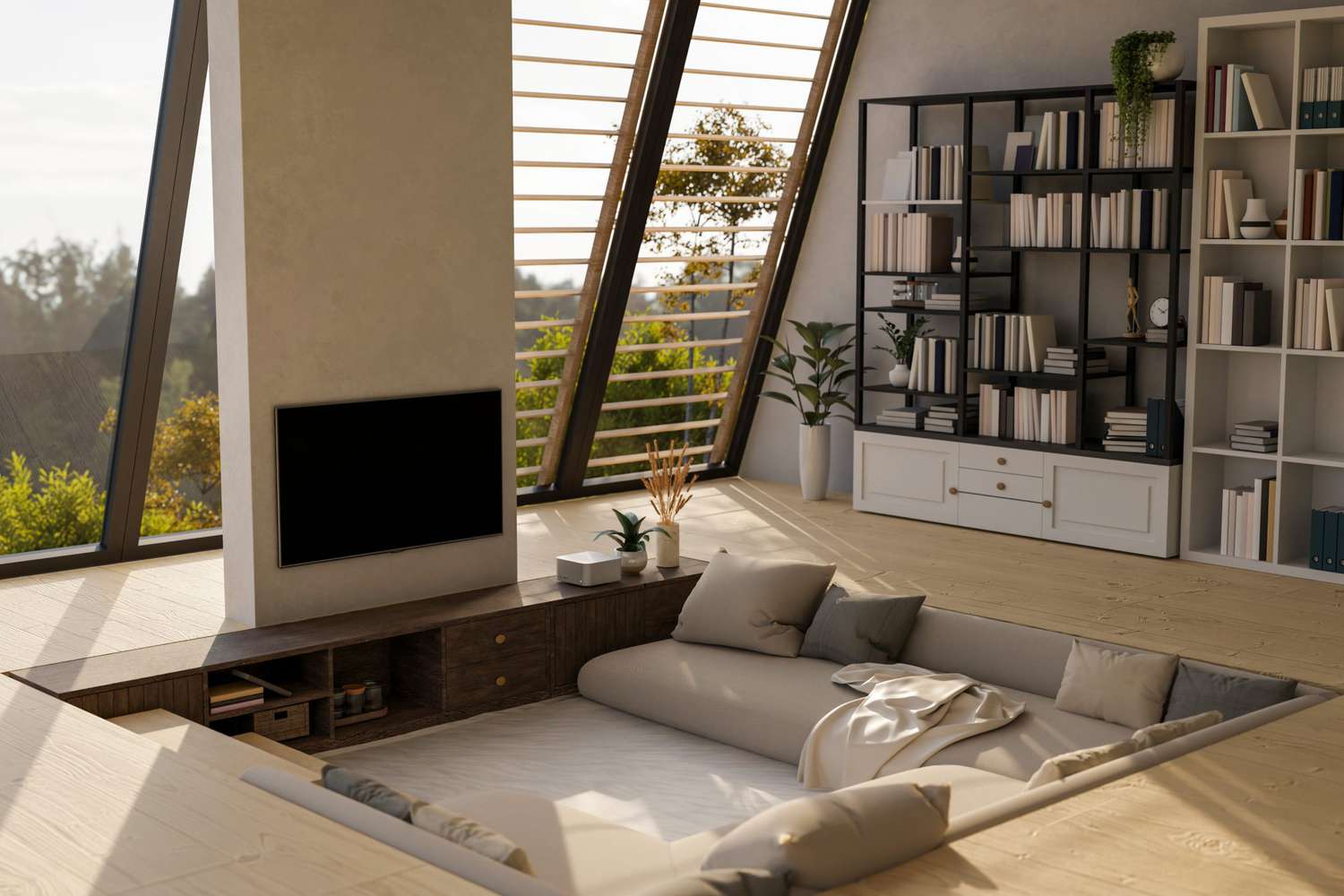

Articles
What Is Sunken Living Room
Modified: January 6, 2024
Discover the unique concept of a sunken living room and its benefits. Explore our informative articles to learn more about this stylish architectural feature.
(Many of the links in this article redirect to a specific reviewed product. Your purchase of these products through affiliate links helps to generate commission for Storables.com, at no extra cost. Learn more)
Introduction
A sunken living room is a unique and visually appealing design feature that can transform an ordinary living space into a luxurious and inviting retreat. By creating a lower floor level within the living room area, sunken living rooms offer a distinct separation between different zones while maintaining an open and airy feel. This architectural style has gained popularity due to its modern aesthetic and the sense of depth it adds to the overall design of a home.
In this article, we will explore the concept of sunken living rooms, their history, the pros and cons of incorporating this design feature, as well as some inspiring design ideas and safety considerations. So, whether you’re thinking of remodeling your living space or simply curious about the trend, read on to discover the fascinating world of sunken living rooms.
Key Takeaways:
- Sunken living rooms offer a visually captivating and cozy space within a home, providing spatial separation and architectural flexibility. However, careful safety considerations and thoughtful furniture placement are essential for a functional and safe design.
- When designing a sunken living room, homeowners can explore various styles, from modern and minimalist to traditional and classic, to create a unique and inviting space that reflects their personal taste and complements their home’s overall aesthetic.
Read more: How To Fill In Sunken Living Room
What Is a Sunken Living Room?
A sunken living room is a unique architectural feature that involves lowering the floor of the living room area relative to the surrounding spaces. This design technique creates a distinct separation between the living room and other areas of the home, such as the dining room or entryway. The sunken portion of the room is typically accessed by a small step or a gentle slope, creating a subtle delineation between the different zones.
The primary purpose of a sunken living room is to create a sense of depth and dimension in the overall design of a home. By being positioned lower than the rest of the space, the living room becomes a focal point, providing a cozy and intimate setting for lounging, entertaining, and relaxation. Additionally, the sunken level can help to define the living room as a separate entity within an open floor plan, ensuring visual and functional separation between different areas of the house.
Sunken living rooms are often designed with attention to detail, incorporating architectural elements, such as built-in seating or shelving, to enhance the overall aesthetic appeal. These features not only add functionality but also contribute to the visual interest of the space. Sunken living rooms can be found in a variety of architectural styles, from modern and contemporary to rustic and traditional, making them a versatile design choice for homeowners.
Overall, a sunken living room offers a unique and sophisticated design statement, creating a visually stunning and inviting space within the home. Whether used for entertaining guests or enjoying tranquil moments, a sunken living room adds a touch of elegance and luxury to any residence.
History of the Sunken Living Room
The history of sunken living rooms can be traced back to ancient civilizations, where similar design features were often used to create distinct gathering spaces. In ancient Rome, for example, wealthy households had hypocaust systems, which were a form of underfloor heating, along with sunken seating areas known as exedrae. These sunken spaces provided a comfortable and intimate setting for socializing.
The concept of sunken rooms gained popularity during the mid-20th century, particularly in the post-war period when architects and designers began exploring innovative ways to create unique living spaces. One influential architect of this era was Frank Lloyd Wright, who incorporated sunken rooms in his designs, such as the iconic Fallingwater house. Wright believed that sunken rooms added a sense of harmony by seamlessly integrating the living space with its natural surroundings.
The 1960s and 1970s marked the peak of the sunken living room trend. During this time, it became a symbol of modernity and luxury, often seen in high-end homes and upscale hotels. The design was embraced worldwide, with many homeowners eager to incorporate this stylish feature into their own living spaces.
However, as architectural tastes evolved, the popularity of sunken living rooms waned in the following decades. The trend shifted towards more open floor plans, with a focus on creating seamless transitions between different areas of the home. Sunken living rooms were deemed impractical by some, as they required careful consideration of the floor elevation and potential safety hazards.
Despite the decline in popularity, sunken living rooms have experienced a recent resurgence in modern design. With a renewed emphasis on individuality and creating unique spaces, homeowners and designers are once again appreciating the elegance and charm that a sunken living room can bring to a home. Today’s sunken living rooms often exhibit a blend of classic and contemporary elements, combining the best of both worlds.
As architectural trends continue to evolve, it’s clear that the sunken living room has left a lasting impact on interior design. While its popularity may have fluctuated over time, its timeless appeal and ability to create a visually striking and inviting space make it a design choice that is sure to stand the test of time.
Pros and Cons of Sunken Living Rooms
Sunken living rooms have their own set of advantages and disadvantages. Before incorporating this design feature into your home, it’s important to consider both the pros and cons to make an informed decision. Let’s explore them below:
Pros:
- Visual Appeal: One of the main advantages of a sunken living room is its visual appeal. The lowered floor level creates a unique architectural feature that adds depth and dimension to the space, making it more visually interesting and inviting.
- Spatial Separation: Sunken living rooms provide a clear separation between different areas of the home, even in an open floor plan. This can help to define the living room as a separate entity and create a sense of intimacy within the larger space.
- Cozy Atmosphere: By being situated below the rest of the room, sunken living rooms offer a cozier and more intimate atmosphere. It creates a distinct seating area that feels secluded and private, making it an ideal place for relaxation or entertaining guests.
- Architectural Flexibility: Sunken living rooms can be integrated into various architectural styles, from modern and contemporary to traditional and rustic. This versatility allows homeowners to customize the design to suit their personal taste and complement the overall aesthetic of their home.
Read more: How To Raise A Sunken Living Room
Cons:
- Safety Concerns: One of the main disadvantages of sunken living rooms is the potential safety hazards they pose. The change in floor elevation can increase the risk of tripping or falling, especially for young children, elderly individuals, or those with mobility issues. Proper planning and installation of safety features, such as handrails and sufficient lighting, are crucial to mitigate these risks.
- Furniture Placement: Sunken living rooms may present challenges when it comes to furniture placement. The lower floor level can limit the available options for furniture arrangements, as standard-sized sofas and chairs may not fit well within the sunken space. Customized or modular furniture pieces may be required to maximize comfort and optimize the layout.
- Less Natural Light: Depending on the design and orientation of the living space, sunken living rooms may receive less natural light compared to the surrounding areas. This can make the sunken space feel darker and less vibrant, requiring thoughtful lighting solutions to compensate for the lack of natural light.
- Renovation Limitations: Incorporating a sunken living room into an existing home may involve significant renovation work, including structural changes and adjusting the floor level. These renovations can be time-consuming and costly, requiring careful planning and professional expertise.
Ultimately, the decision to have a sunken living room depends on personal preferences, lifestyle, and the specific requirements of your home. By weighing the pros and cons, you can determine if a sunken living room aligns with your design vision and enhances the overall functionality of your living space.
Design Ideas for Sunken Living Rooms
Designing a sunken living room offers endless possibilities to create a unique and stylish space within your home. Here are some design ideas to inspire you:
1. Creating Levels:
Instead of having a single sunken area, consider incorporating multiple levels within your living room. This can be achieved with cascading steps or varying floor materials to create an interesting and dynamic visual effect. Each level can serve a different purpose, such as seating, entertainment, or a cozy reading nook.
2. Built-In Seating:
Add functionality and visual interest by incorporating built-in seating into your sunken living room. Built-in benches or banquettes along the walls can provide ample seating without taking up extra space, while also creating a cozy and intimate atmosphere. Enhance the comfort with plush cushions and throw pillows.
Read more: What Is A Living Room
3. Statement Lighting:
Make a statement with dramatic lighting fixtures that highlight the sunken area of your living room. Pendant lights, chandeliers, or recessed lighting can help create a focal point and enhance the aesthetic appeal of the space. Experiment with different styles and designs to achieve the desired ambiance.
4. Play with Textures:
Introduce texture into your sunken living room to add visual interest. Incorporate materials like wood, stone, or tiles to create contrast and depth. Consider a textured accent wall or a statement floor design to make the sunken area stand out. Mix and match different textures to create a cohesive and inviting space.
5. Incorporate a Fireplace:
A sunken living room provides the perfect opportunity to incorporate a fireplace as a focal point. Whether it’s a traditional wood-burning fireplace or a modern gas or electric one, the warmth and ambiance it provides will enhance the coziness and charm of the sunken area.
6. Use Color to Define Space:
Experiment with color to define the sunken area of your living room. Use a contrasting or bold color on the walls or floor, or choose a different color scheme altogether. This will help distinguish the sunken space from the rest of the room, creating a visually striking and well-defined area.
7. Embrace Natural Elements:
Bring the outdoors in by incorporating natural elements into your sunken living room. Large windows or glass doors can provide a seamless connection to the surrounding landscape, creating a tranquil and peaceful atmosphere. Incorporate indoor plants or a small garden area within the sunken space to enhance the natural appeal.
Remember, these are just a few ideas to get your creative juices flowing. Customize and adapt them to suit your personal style and the overall design aesthetic of your home. With a little imagination and careful planning, you can create a sunken living room that is both visually stunning and functional, becoming the centerpiece of your home.
Safety Considerations for Sunken Living Rooms
While sunken living rooms can be visually striking and add a unique element to your home, it is important to prioritize safety when incorporating this design feature. Here are some key safety considerations to keep in mind:
1. Stair Design:
If your sunken living room is accessed by stairs, pay careful attention to their design. Ensure that the steps are appropriately sized, evenly spaced, and have a non-slip surface. Handrails should be installed on both sides of the stairs for stability and support. Consider using contrasting materials or lighting to make the stairs more visible, minimizing the risk of trips and falls.
2. Lighting:
Sufficient lighting is crucial in a sunken living room to improve visibility and prevent accidents. Incorporate both ambient and task lighting to illuminate the space effectively. Install fixtures strategically to minimize shadows and dark areas. Consider installing motion sensor lights along the stairs and around the sunken area to provide added safety and convenience.
Read more: What Furniture Is Usually In A Living Room?
3. Furniture Placement:
When arranging furniture in a sunken living room, ensure that it does not obstruct the pathways or pose a tripping hazard. Opt for low-profile furniture that does not obstruct the view or create obstacles. Avoid sharp edges or furniture pieces that may cause injury, especially for households with small children or pets.
4. Safety Rails:
Consider installing safety rails or guardrails around the edges of the sunken area to prevent accidental falls. These can be customized to complement the overall design aesthetic of the room. Ensure the height of the rails meets safety standards and that they are secured properly to provide adequate support.
5. Flooring Materials:
Choose flooring materials carefully, considering both aesthetics and safety. Opt for non-slip flooring options to minimize the risk of falls, especially in high traffic areas. Avoid materials that may become slippery when wet, such as polished marble or ceramic tiles. Consult with a professional to select suitable flooring materials that meet safety requirements.
6. Child Safety:
If there are young children in the household, additional safety measures should be taken. Install childproof gates or barriers at the entrance of the sunken area to restrict access when necessary. Keep small objects or toys away from the sunken space to prevent choking hazards. Educate children about the potential dangers and establish clear safety rules.
Read more: What To Do With Paneling In Living Room
7. Adequate Signage:
Consider placing clear signage or floor markings to indicate the change in floor level. This can help alert visitors and prevent accidental trips or falls. Use contrasting colors or symbols to ensure the signage is easily visible and understood.
Prioritizing safety measures will ensure that your sunken living room remains a beautiful and functional space without compromising the well-being of your household and guests. By taking the necessary precautions, you can enjoy the design benefits of a sunken living room while providing a safe environment for everyone to enjoy.
Popular Sunken Living Room Styles
When it comes to sunken living rooms, there are various styles to choose from, each offering a distinct aesthetic and ambiance. Here are some popular styles to consider:
1. Modern and Minimalist:
Modern and minimalist sunken living rooms embrace clean lines, sleek materials, and a minimalist color palette. The focus is on simplicity and functionality, with sparse furnishings and a neutral color scheme. Incorporate glass or metal elements for a contemporary touch and keep the design uncluttered to maintain the minimalist aesthetic.
2. Mid-Century Modern:
Inspired by the design trends of the mid-20th century, mid-century modern sunken living rooms feature organic shapes, bold colors, and a blend of natural and man-made materials. Incorporate retro furniture pieces, teak wood accents, and geometric patterns to create a nostalgic yet timeless look. Don’t forget to include vintage-inspired lighting for added authenticity.
Read more: What To Put In A Living Room Corner
3. Traditional and Classic:
For a more formal and timeless look, a traditional or classic sunken living room style is a popular choice. Emphasize elegant and ornate details, such as crown molding, decorative columns, and rich upholstery. Opt for warm and inviting colors, such as deep reds, blues, or neutrals. Incorporate traditional furniture pieces with intricate detailing to complete the look.
4. Rustic and Cozy:
A rustic sunken living room style embraces the charm of natural elements and a cozy atmosphere. Utilize exposed wooden beams, stone or brick walls, and warm earth-toned colors. Furnish with comfortable and rustic furniture pieces, plush textiles, and layered textures. Include a fireplace or a wood-burning stove to add warmth and a focal point to the space.
5. Contemporary and Eclectic:
Explore your creativity with a contemporary and eclectic sunken living room style. Mix different design elements, materials, and colors to create a vibrant and unique space. Combine sleek furniture with bold patterns and statement artworks. Experiment with contrasting colors and textures to create a visually striking and dynamic atmosphere.
6. Coastal and Beachy:
Transform your sunken living room into a coastal oasis with a beachy style. Embrace a light and breezy color palette inspired by the sea, with shades of blue, white, and sandy neutrals. Incorporate natural materials like rattan, wicker, and light-colored wooden furniture. Enhance the coastal theme with nautical-inspired accents and artwork.
Read more: What Should A Living Room Have
7. Asian-Inspired Zen:
Create a serene and tranquil sunken living room inspired by Asian design principles. Incorporate clean lines, minimalist furniture, and a neutral color palette. Include natural elements like bamboo, stone, and water features. Enhance the Zen atmosphere with soft lighting, meditation areas, and a sense of openness to promote relaxation and mindfulness.
These are just a few popular sunken living room styles to consider. Remember, it’s important to choose a style that reflects your personal taste and complements the overall design aesthetic of your home. Mix and match elements from different styles to create a unique and inviting sunken living room that suits your lifestyle and preferences.
Conclusion
Sunken living rooms offer a captivating and unique design feature that can elevate the style and functionality of your home. By creating a lower floor level within the living space, they provide a distinct separation between different zones while maintaining an open and airy feel. Whether you are drawn to a modern and minimalist style or prefer a more traditional and cozy ambiance, there is a sunken living room style to suit every taste and preference.
As you consider incorporating a sunken living room into your home, it is essential to weigh the pros and cons. While sunken living rooms offer visual appeal, spatial separation, and a cozy atmosphere, they also require careful safety considerations and thoughtful furniture placement. With proper planning, taking into account factors such as stair design, lighting, and furniture arrangement, you can create a safe and functional sunken living room that meets your needs.
When designing your sunken living room, let your creativity shine. Consider the various design ideas, such as creating different levels, incorporating built-in seating, or using statement lighting, to add personality and character. Choose a style that resonates with your aesthetic preferences, whether it be modern and minimalistic, traditional and classic, or something in between. Remember that safety should always be a priority, so be sure to install safety rails, optimize lighting, and select appropriate flooring materials.
Ultimately, a sunken living room can transform your ordinary living space into a luxurious and inviting retreat. With its architectural appeal and the sense of depth it adds to your home, it becomes a focal point that captivates both you and your guests. So, if you’re looking to make a bold design statement and infuse your home with elegance and charm, a sunken living room may be the perfect addition for you.
Frequently Asked Questions about What Is Sunken Living Room
Was this page helpful?
At Storables.com, we guarantee accurate and reliable information. Our content, validated by Expert Board Contributors, is crafted following stringent Editorial Policies. We're committed to providing you with well-researched, expert-backed insights for all your informational needs.
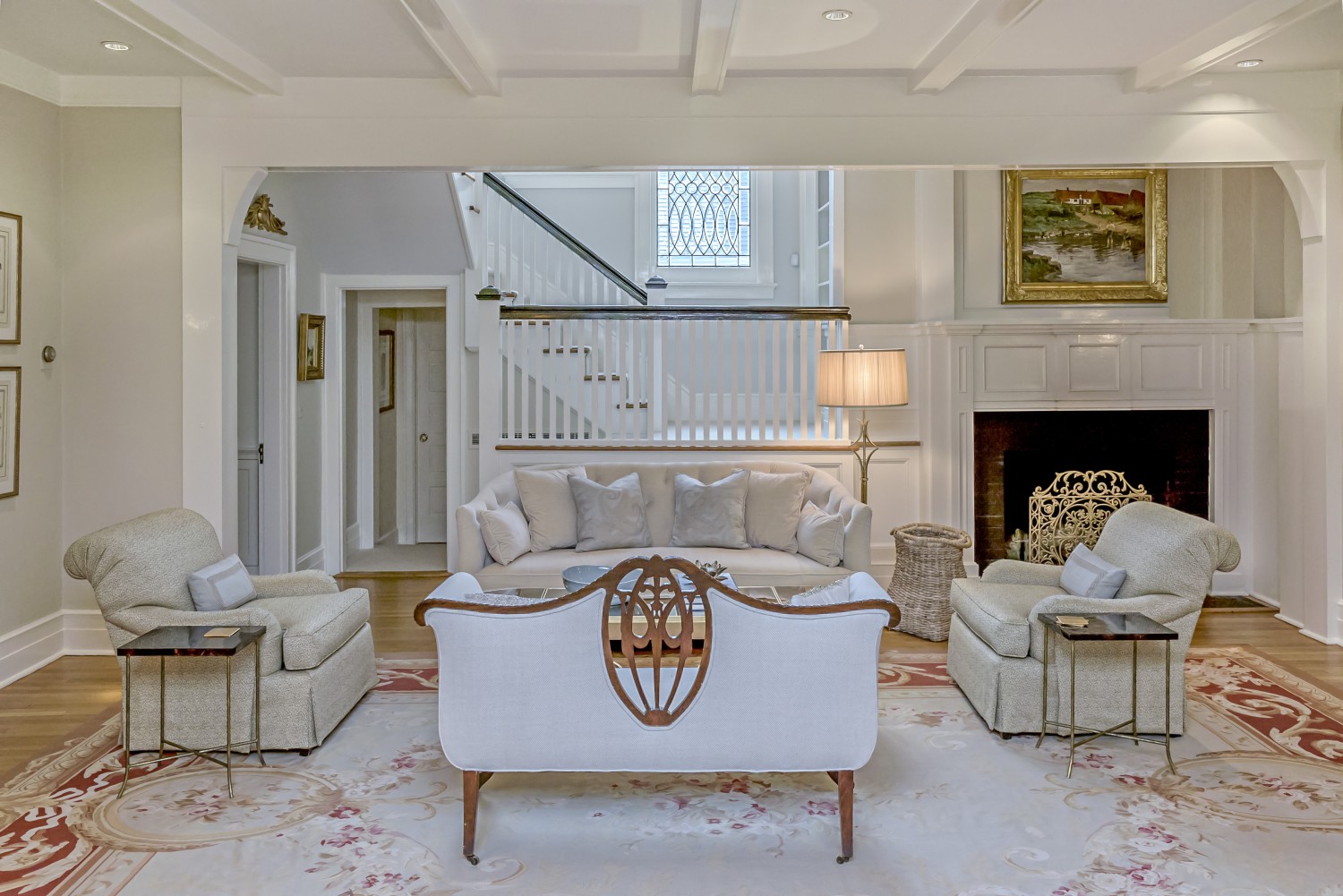
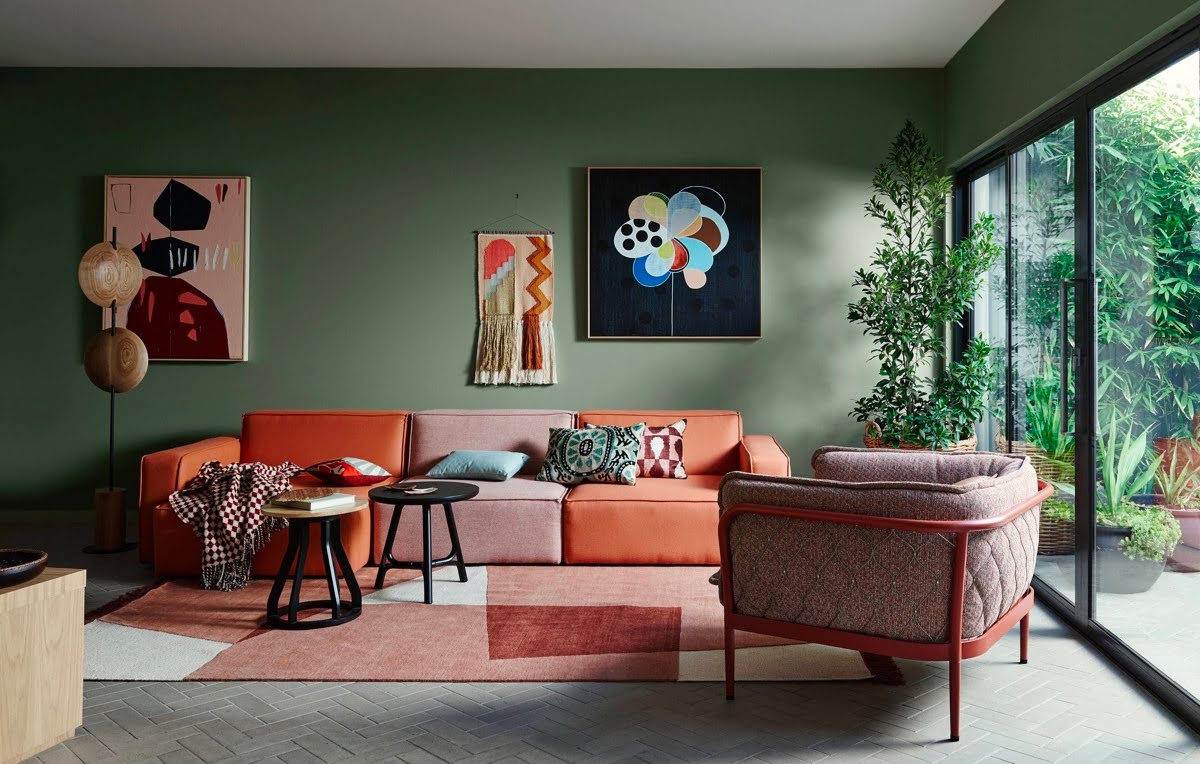
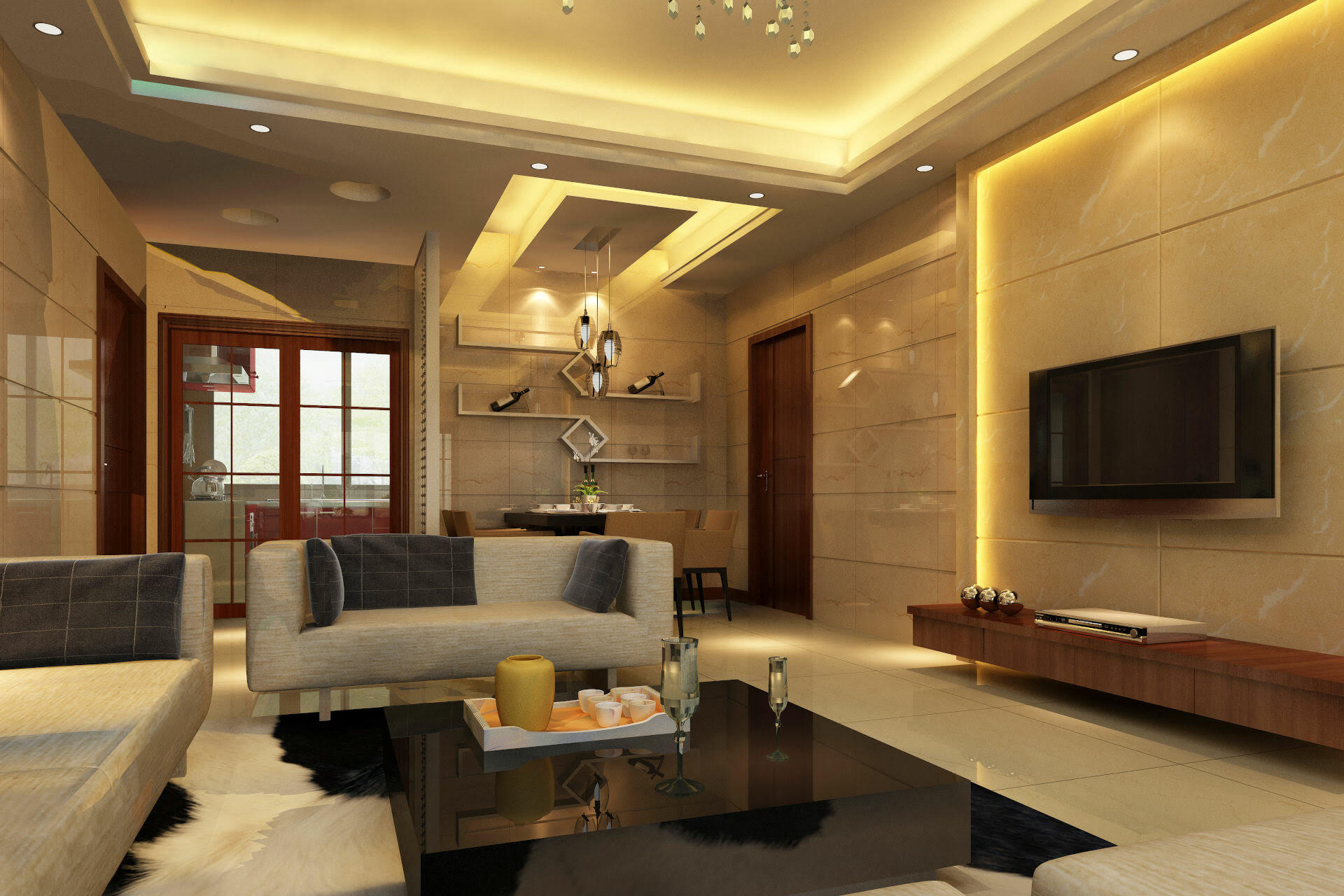
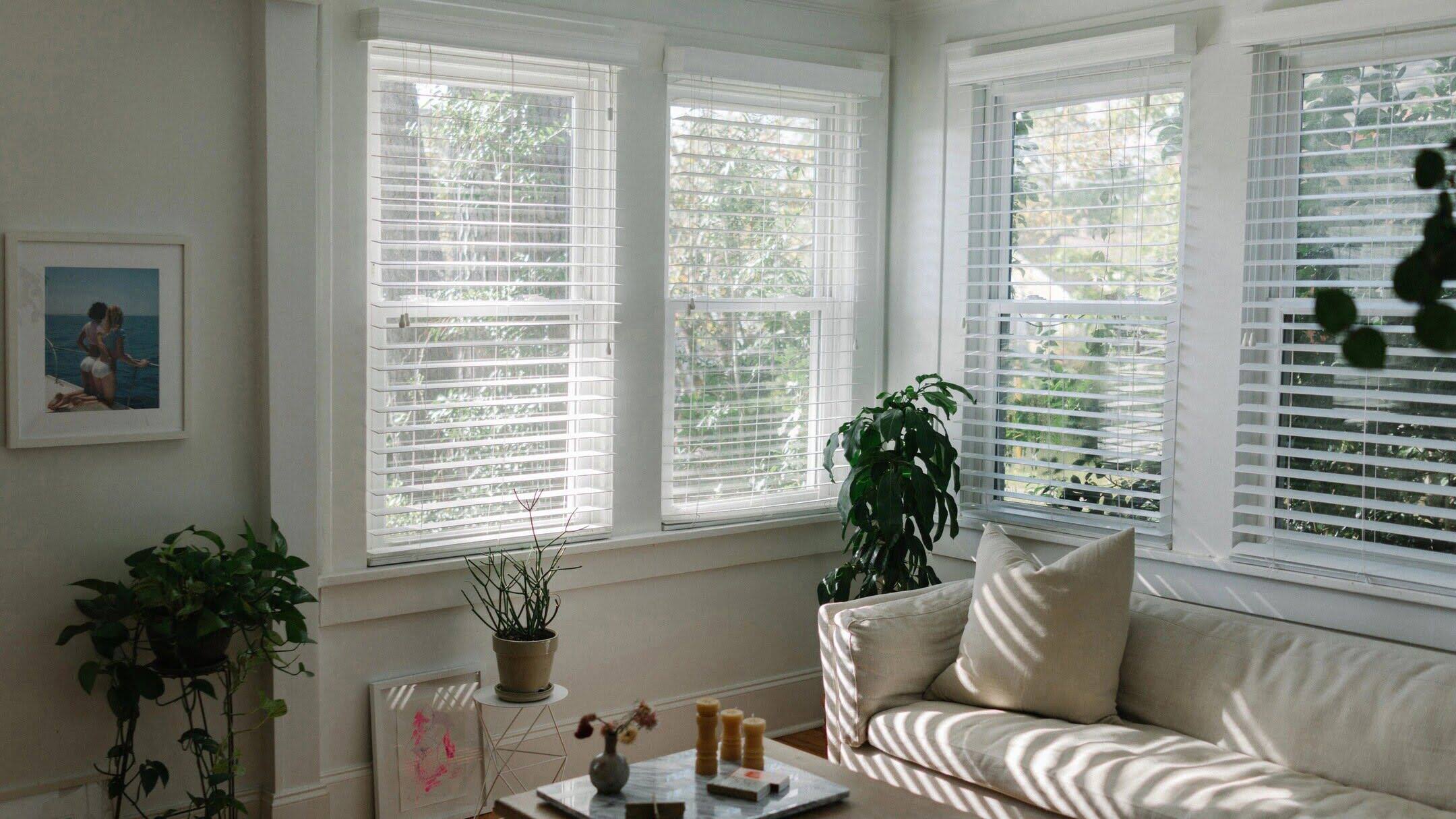
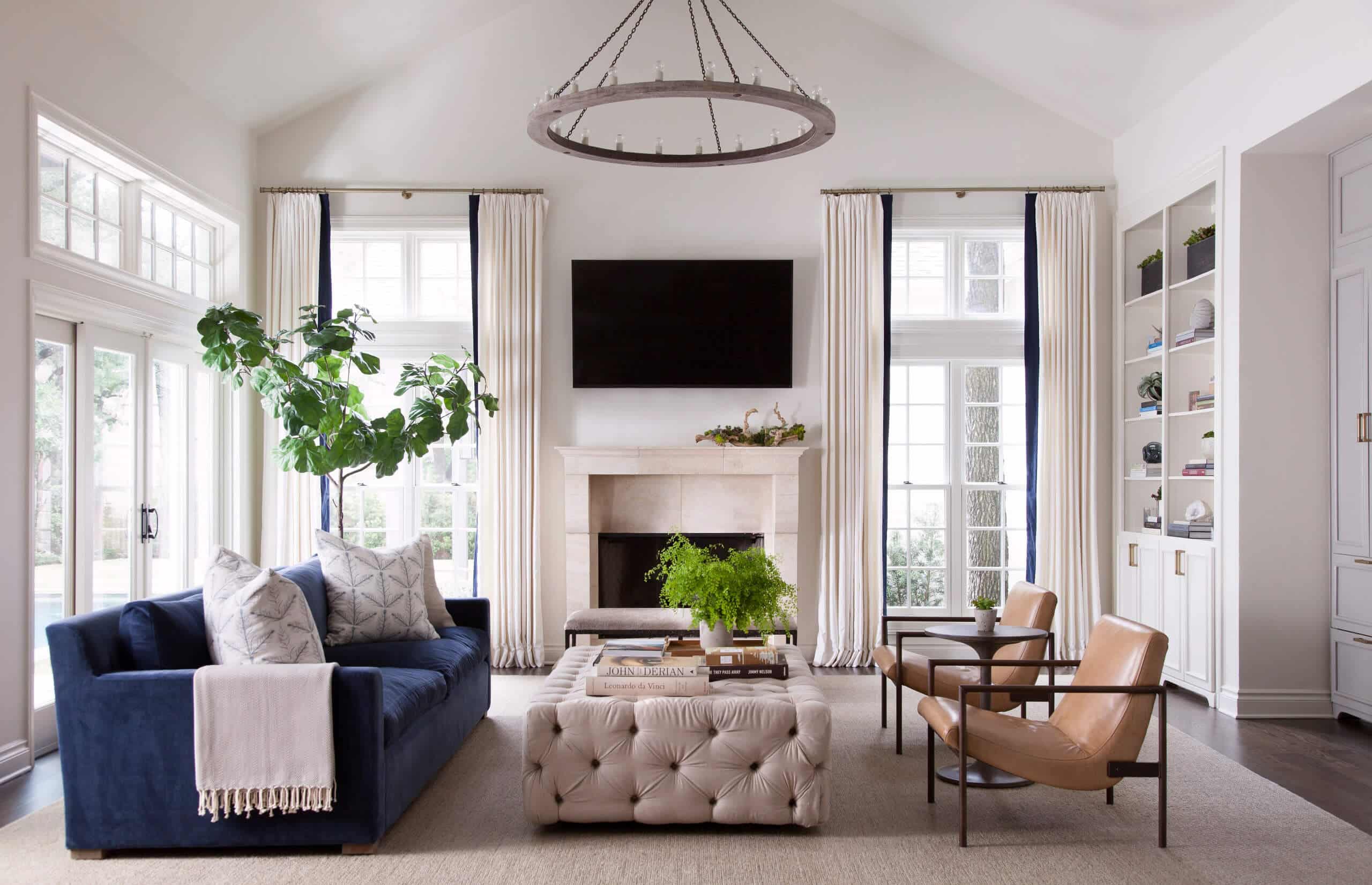
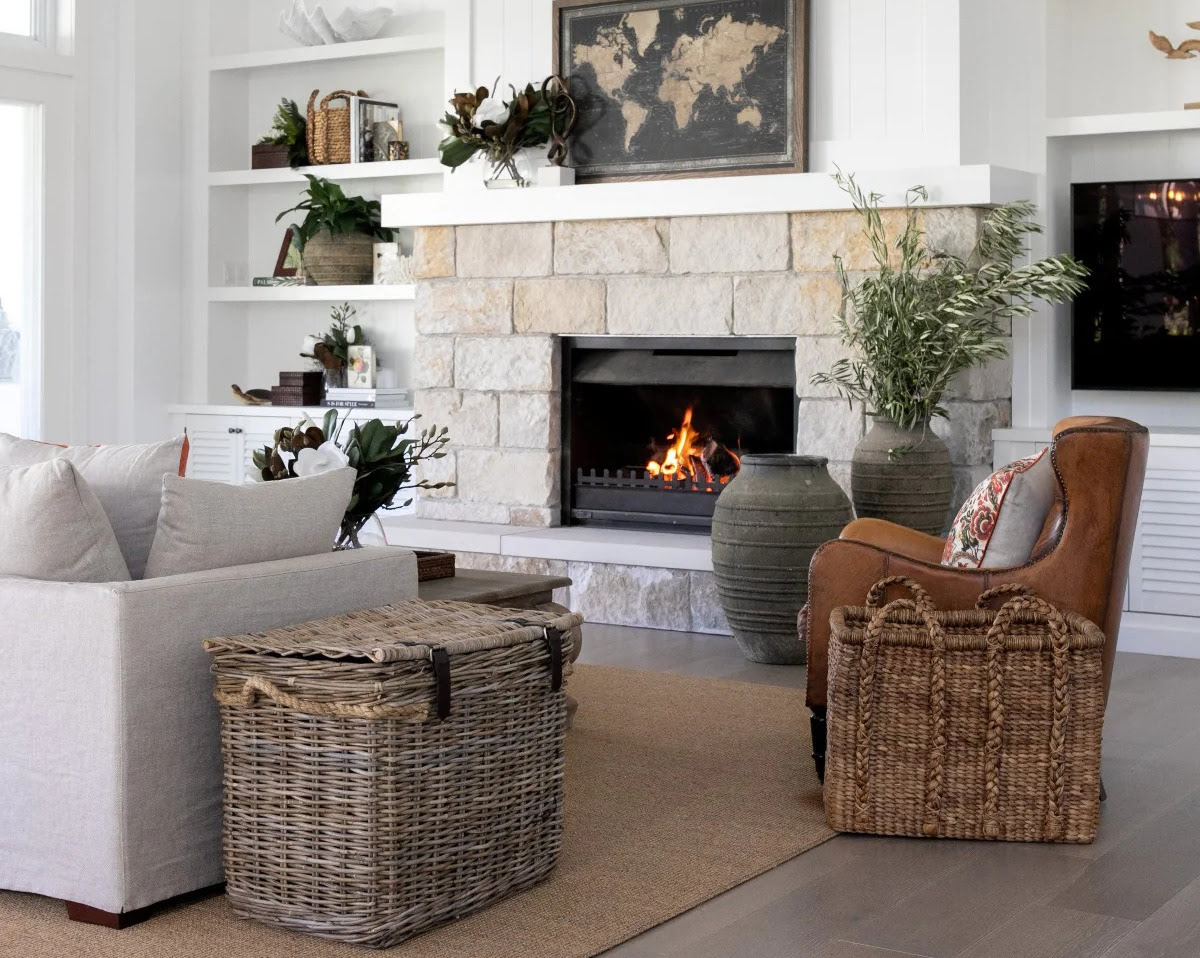
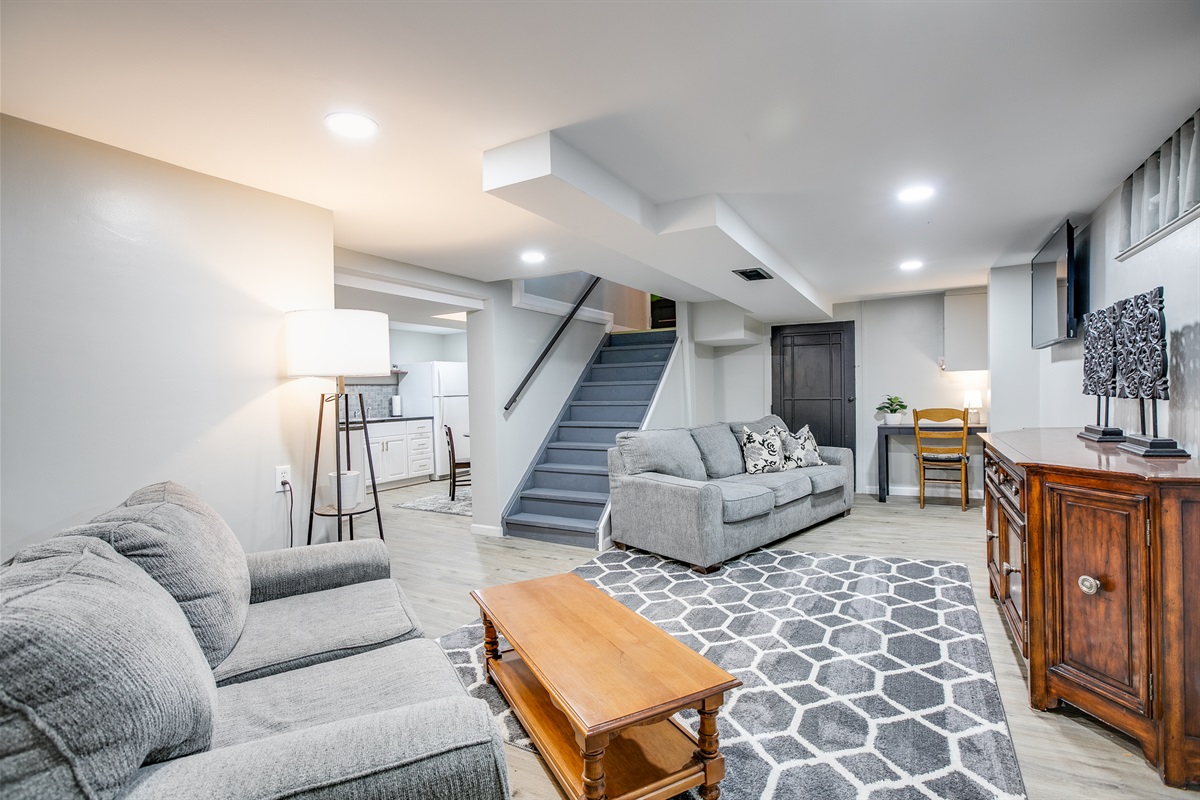
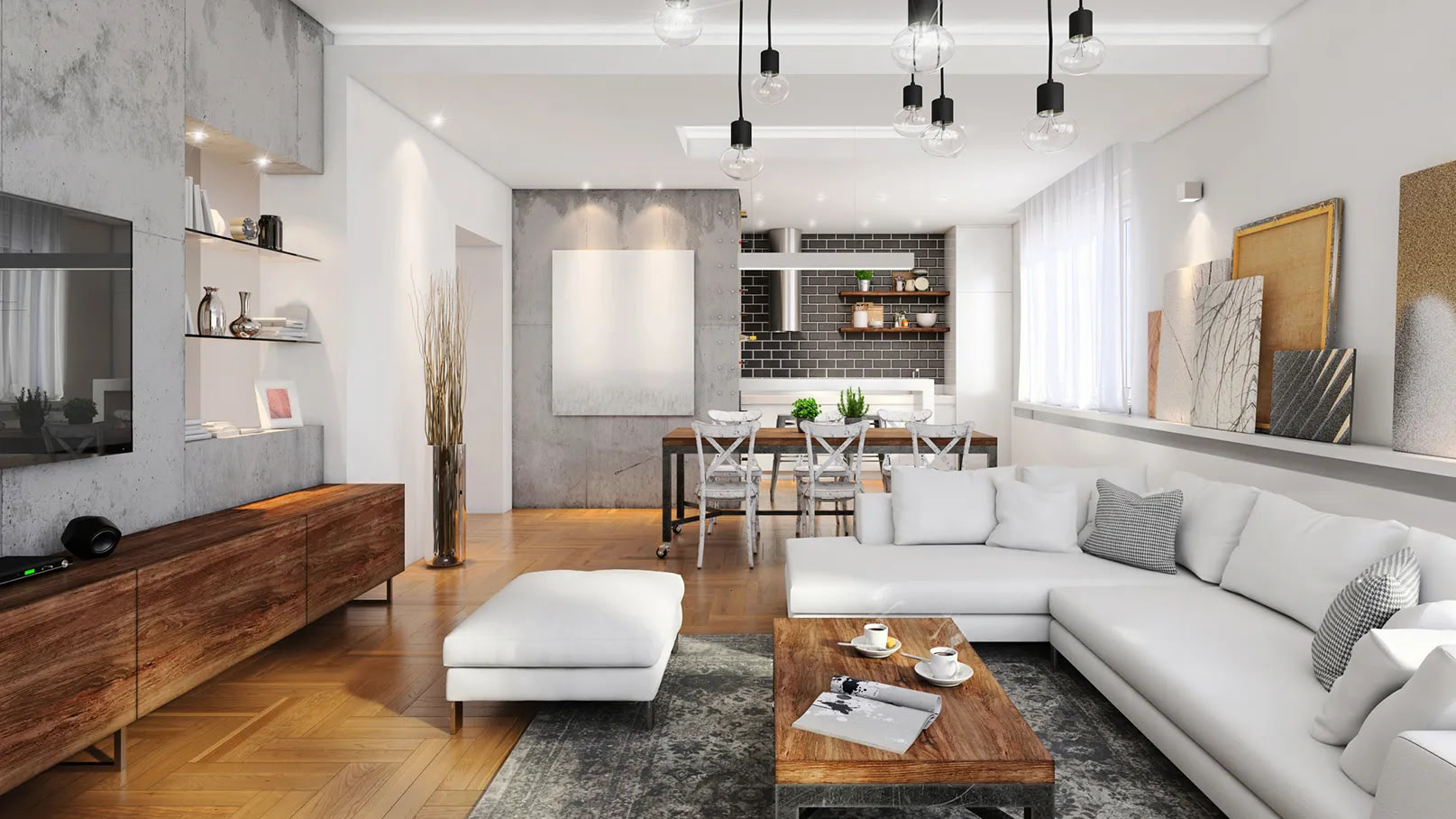

0 thoughts on “What Is Sunken Living Room”